Description
Still life with cup and book by Antonin Procházka printed on a T-Shirt
About the T-Shirt
Regular fit
Standard length, the fabric easily gives into movement
Casual wear
A classic, everyday option loved by our customers
Side-seamed
Constructed by sewing two parts together, creating a fitted look
The Unisex Staple T-Shirt feels soft and light with just the right amount of stretch. It’s comfortable and flattering for all. We can’t compliment this shirt enough–it’s one of our crowd favorites, and it’s sure to be your next favorite too!
- Solid colors are 100% Airlume combed and ring-spun cotton
- Ash color is 99% combed and ring-spun cotton, 1% polyester
- Heather colors are 52% combed and ring-spun cotton, 48% polyester
- Athletic and Black Heather are 90% combed and ring-spun cotton, 10% polyester
- Heather Prism colors are 99% combed and ring-spun cotton, 1% polyester
- Fabric weight: 4.2 oz./yd.² (142 g/m²)
- Pre-shrunk fabric
- 30 singles
- Side-seamed construction
- Tear-away label
- Shoulder-to-shoulder taping
- Blank product sourced from Nicaragua, Mexico, Honduras, or the US
Antonin Procházka (1882-1945)
Antonín Procházka was a Czech Modernist painter and graphic artist.
He graduated from the gymnasium in Kroměříž then, in 1902, began studies at the Academy of Arts, Architecture and Design in Prague with Vlaho Bukovac, Hanuš Schwaiger and Max Švabinský. In 1907, he and his classmate, Emil Filla, joined the group “Osma” (“The Eight”), together with Bohumil Kubišta, Emil Artur Longen [cs], Otakar Kubín, Bedřich Feigl, Max Horb [cs] and Willi Nowak [cs]. It was then that he was introduced to the newest art movements, such as Fauvism and Cubism.
In 1911, he married the German painter, Linka Scheithauer [cs], whom he had met while travelling. Two years later, Herwarth Walden invited him, Filla, Kubin and Vincenc Beneš to participate in the “Erster Deutscher Herbstsalon [de]” (Autumn Salon) in Berlin, where he displayed a Cubist still-life.
He became a drawing teacher at a girls’ school in Brno in 1924. There, in 1938, he created a monumental painting, “Prometheus Bringing Fire to Mankind” for Masaryk University. During the German Occupation, he provided illustrations for a collection of folk ballads by Karel Jaromír Erben.
From 1909 to 1911, and again from 1923 to 1929, he was a member of the Mánes Union of Fine Arts. Originally an Expressionist, he moved through Cubism to create his own personal form of Neo-Classicism. He also created some small equestrian statues of President Tomáš Masaryk.
In 1946, he received the posthumous title of “Národní umělec [cs]” (People’s Artist) from the Czechoslovak Republic. A street in Brno is named after him.

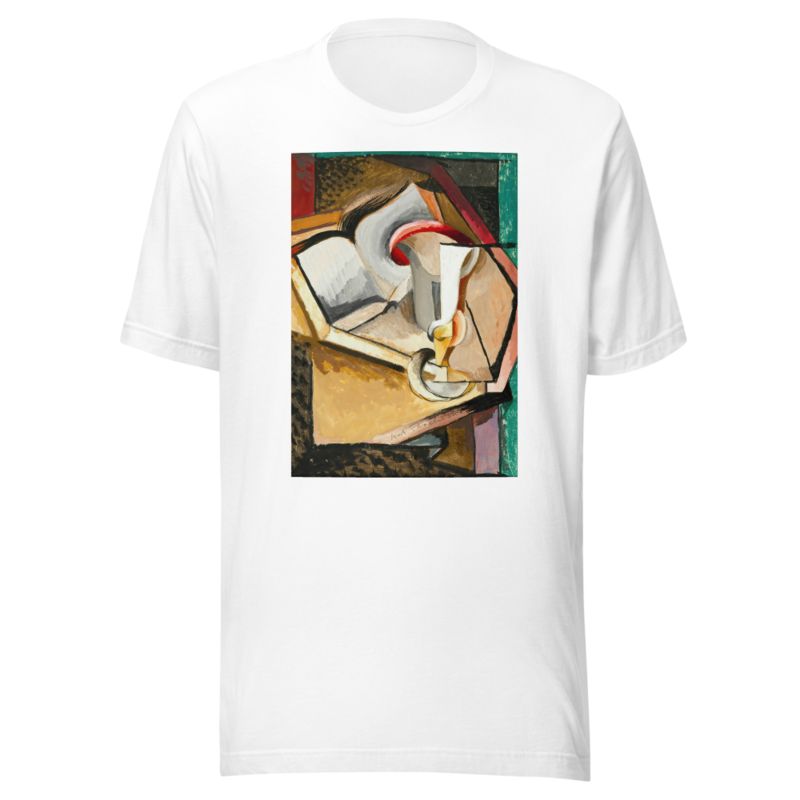
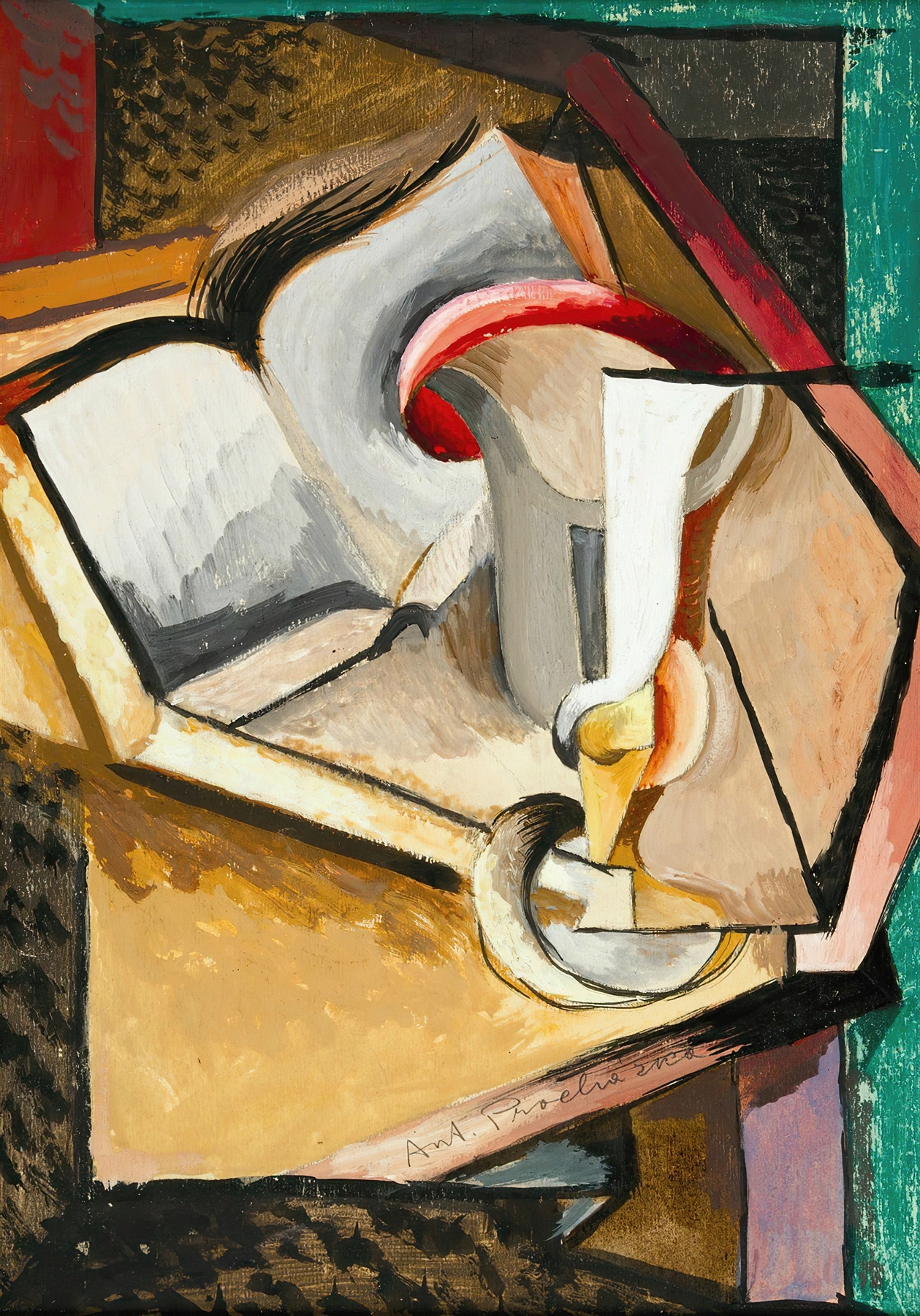
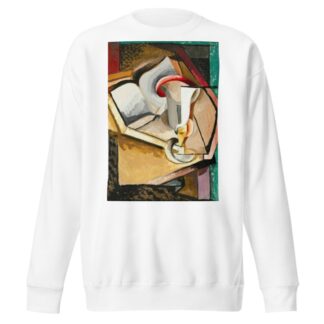
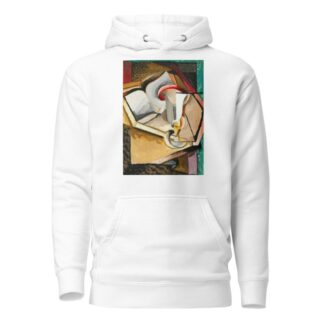
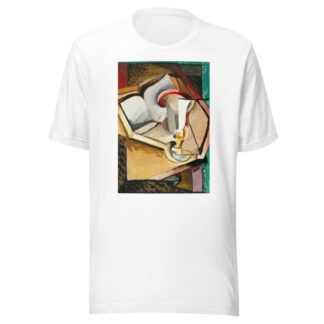
Reviews
There are no reviews yet.